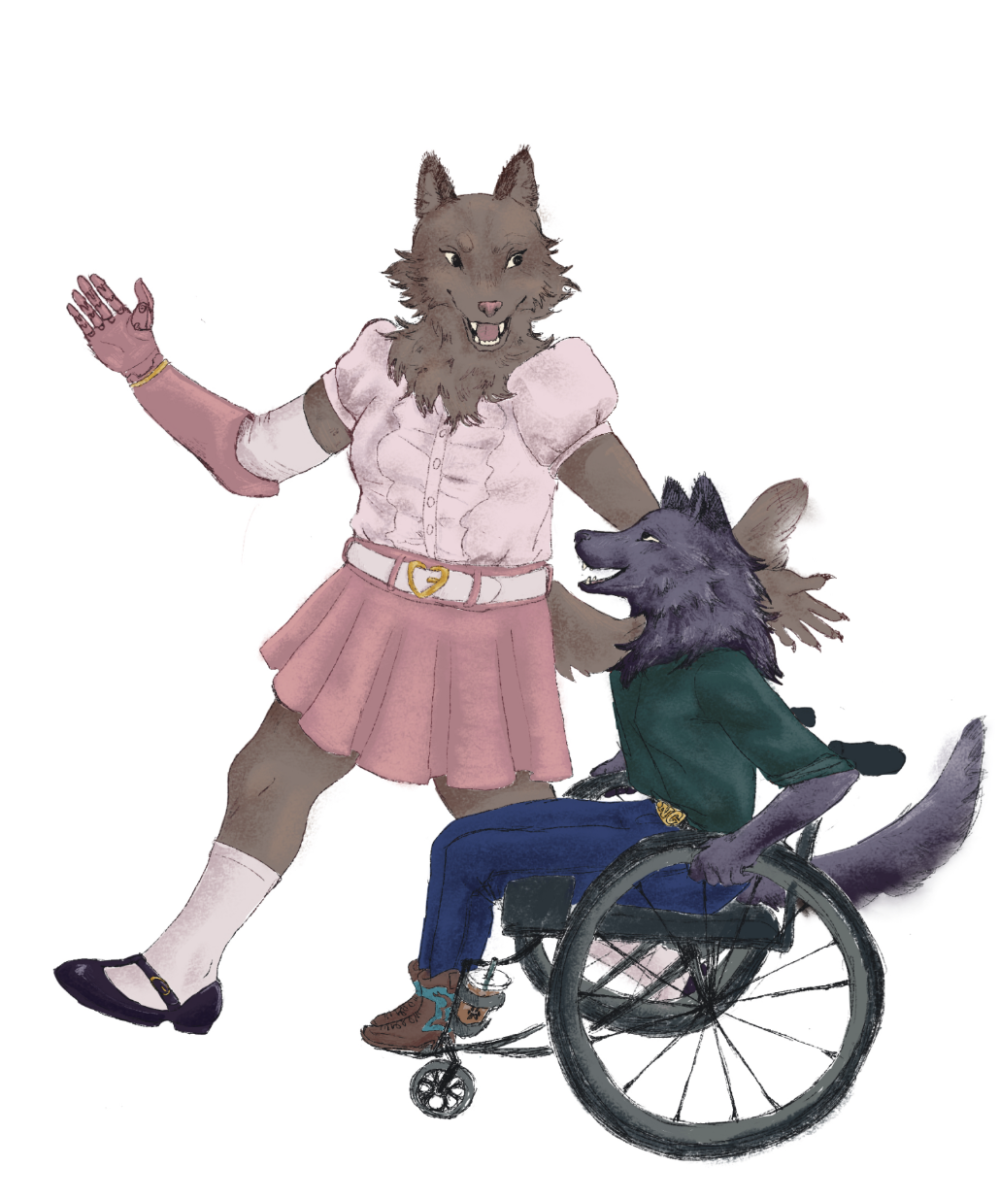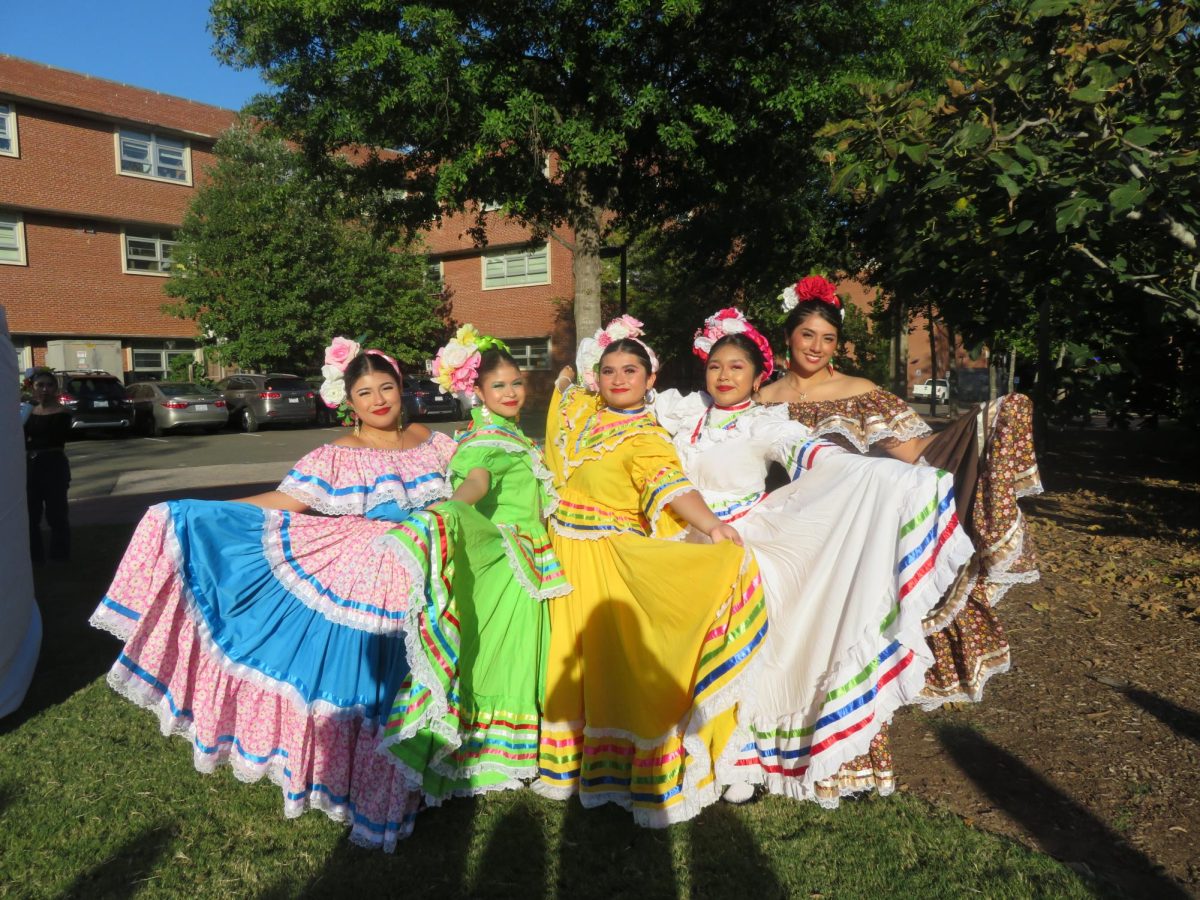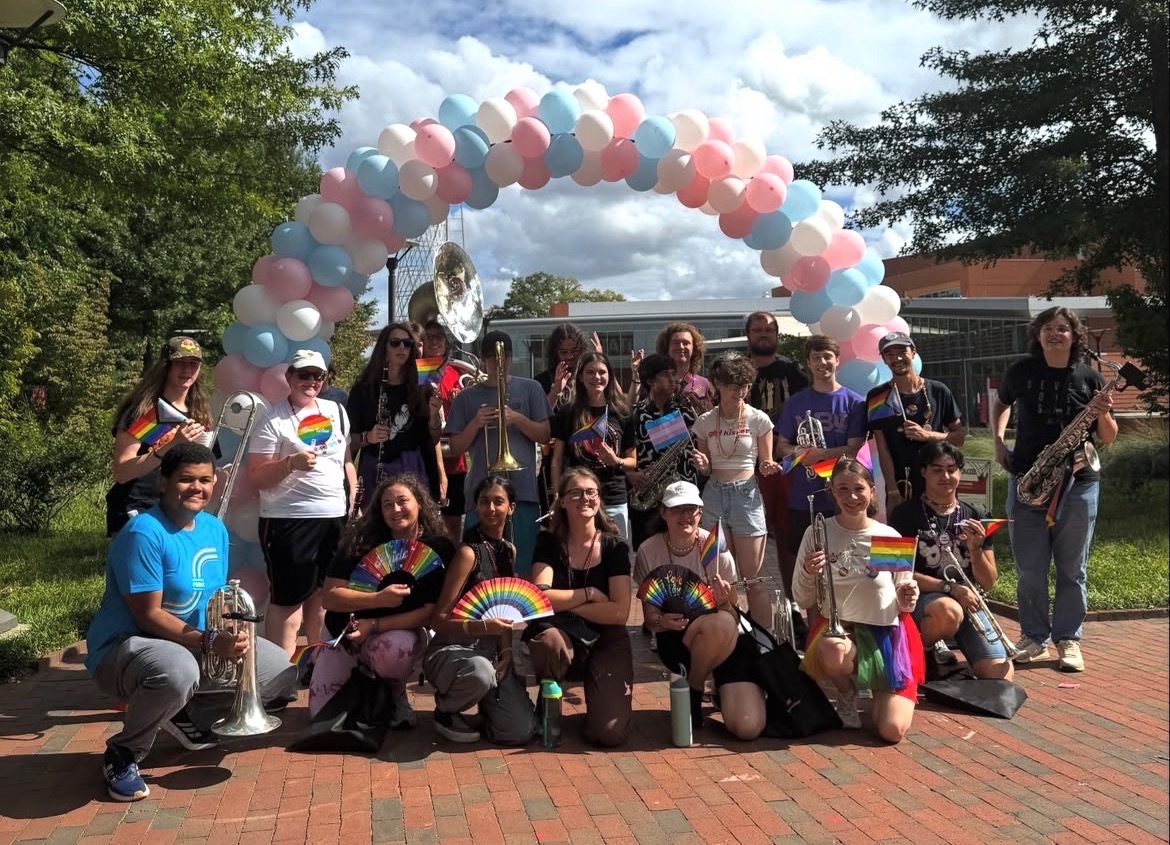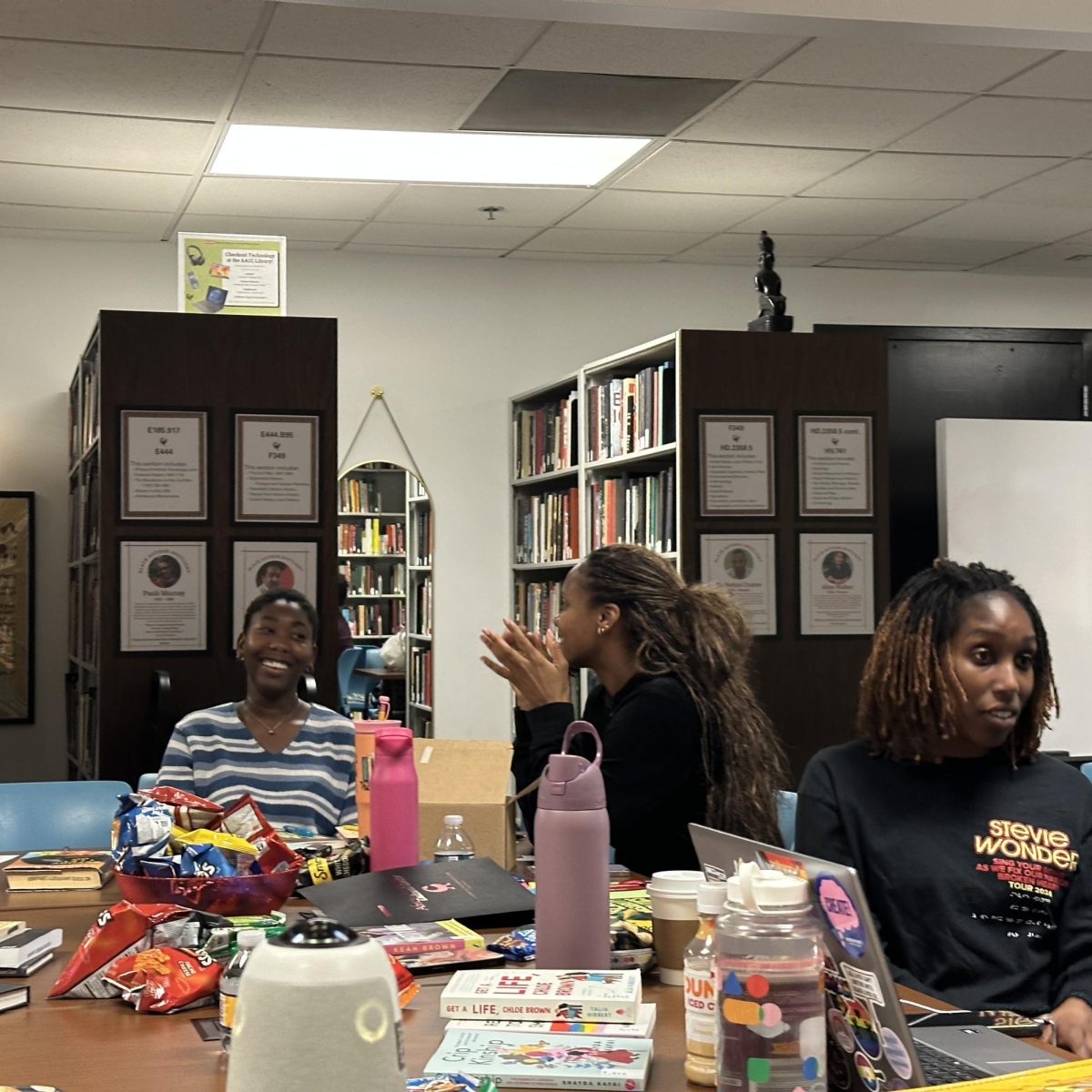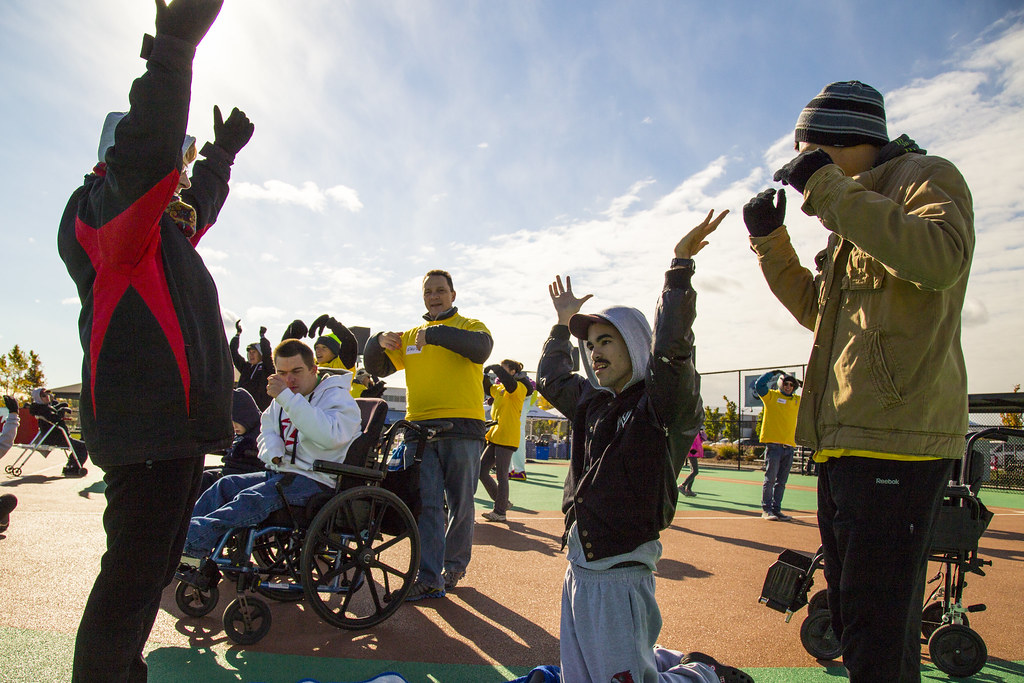“How am I getting to class today?” For most students, this question barely crosses their minds. Getting from one building to another is a routine task often taken for granted. But for some students, it can be a daily concern that shapes their entire college experience.
Navigating a campus filled with stairs, uneven sidewalks, unreliable elevators and inaccessible buildings presents challenges that many of their peers never have to consider. Accessibility on campus is essential not only for creating an inclusive learning environment but also for ensuring that every student can fully participate in academic and social life. With this in mind I asked the question: “How accessible is NC State’s campus?”
Answering this question is no simple task. It is not a question of “Is there a ramp to this building,” and more of “How much of an inconvenience is this campus?”
At NC State University, the Disability Resource Office (DRO) currently supports a significant portion of the student body. As of spring 2025, 2,590 students are registered with the office, representing a wide
range of disabilities, learning differences, chronic health conditions, mental health conditions, autism, mobility related challenges and more.
This population has grown steadily over time. In 2007, the DRO supported just 614 students. By 2015 that number had risen to 987; that is more than a 60% increase in less than a decade. The data highlights a clear upward trend in both the number of students seeking accommodations and the university’s need to expand accessibility resources. One of their newest initiatives is the Catalyst program designed to equip STEM students with the tools necessary to navigate their careers.
To better understand how accessible this campus is, I spoke with Indio Skinner, a third-year majoring in business here at NC State. Skinner shared personal experiences about being a wheelchair user that reveal challenges many students with disabilities face every day. His perspective shows the gap between accessibility on paper and what it actually feels like to navigate the campus.
Skinner began our interview by reflecting on his freshman year, describing it as “a little rough” when it came to navigating campus.
“I would say coming in freshman year, it was definitely… a little rough trying to figure out where I’m going, like the different paths to navigate,” he said.
Skinner went on to explain that Google Maps often directed him through routes that were inaccessible, sometimes leading him straight to a staircase he could not use.
“I mean, most people use Google Maps…the main way they find how they’re getting around. And when I use that, it will lead you straight to a stairwell or something.”
He went on to describe how many buildings “have…one accessible entrance, and the rest of them aren’t accessible, so you’re looping the building trying to figure it out.” This occurs across many buildings on campus, but one in particular was Withers Hall.
While Withers ground floor has multiple ramps on either side of the building for accessible entrances, the second floor only has a stairway leading straight into the building from the outside with no ramp. Due to this, many students must enter through the ground floor, then use an elevator to get to their class. This is an inconvenience many students worry about during their day, as the route is out of the way and adds unnecessary time.
This difficulty with entrances is only one piece of a larger challenge, as navigating the campus often requires constant adaptation. Each new semester requires Skinner to readjust to campus, especially with the construction constantly altering familiar routes.
“Honestly, it takes me a second every time I restart a semester because there’s, like, new buildings… I honestly think it was probably half a semester it took me to figure out. I’m not very good at direction, so I was using Google Maps a lot. But then, especially with all the construction, that kind of made it an ongoing game. I would finally figure it out, and then some section would be blocked off, and I’d have to go around.”
“There were more times than I can count where I was going a path I usually take, and it was gone, so I had to loop all the way around. Especially one part; it took a while because there’s really only two ways; going by Nelson where the cars go, or through the tunnel. But the tunnel means going through, around, and up a ramp. So figuring out how to get to my other classes without it taking a huge amount of time was the hardest.”
Beyond navigation, Skinner highlighted a range of everyday obstacles that often go unnoticed. A few he mentioned were, “ no ramp onto the sidewalk” and “when the elevators across campus go out.” He went into detail about one such scenario that occurred in Talley.
“Another one that happened to me was… there was a fire alarm on the fourth or fifth floor, and there was no setup to handle that,” he said. Skinner described how he stayed in the building because it didn’t appear to be serious but in the event that it is, what would he do?
These challenges extend into classrooms as well, where accessibility issues can make learning spaces difficult to navigate.
“I have a classroom in Kamphoener, the big auditorium there’s tons of steps all the way down, so I can go in the bottom and get the seats, but if the seats run out… there’s just no area without stairs to sit at,” Skinner described.
He went on to say, “Then there’s smaller classrooms where all the tables have… rolly-seats… they make it very hard to stand up out of them… rooms where there’s tables but not enough space for someone to bring their wheelchair in.” He emphasized that while he has a high level of adaptability, these “small things” create real barriers that make his and others’ daily life more difficult.
One of the biggest hurdles Skinner faced came with fulfilling his physical education requirement. He explained that while most students can choose from dozens of different gym classes to fit their interests, students with disabilities often have limited options.
“I kept just getting directed to talk to the teacher, but the teacher wasn’t being very helpful at all… there was no one,” he said.
For Skinner, certain exercises weren’t just difficult but unsafe given the nature of his condition, and the lack of flexibility left him feeling unsupported. With no clear advocate to step in and ensure the class worked around his needs, he ultimately decided to drop it and take the requirement at a community college instead, where he found more understanding and support.
Accessibility on campus is not simply a matter of meeting minimum requirements; it is about ensuring that every student can fully participate in academic and social life. Challenges such as inaccessible classrooms, malfunctioning doors or limited course options reveal how much work remains to create a truly inclusive environment.
These issues often go unnoticed by those who do not face them daily, but for students with disabilities, they can be constant barriers. Addressing these concerns requires more than temporary fixes. It calls for thoughtful planning, consistent maintenance and a genuine commitment from the university to make accessibility a priority. By doing so, the campus can become a place where all students have equal opportunities to succeed.

